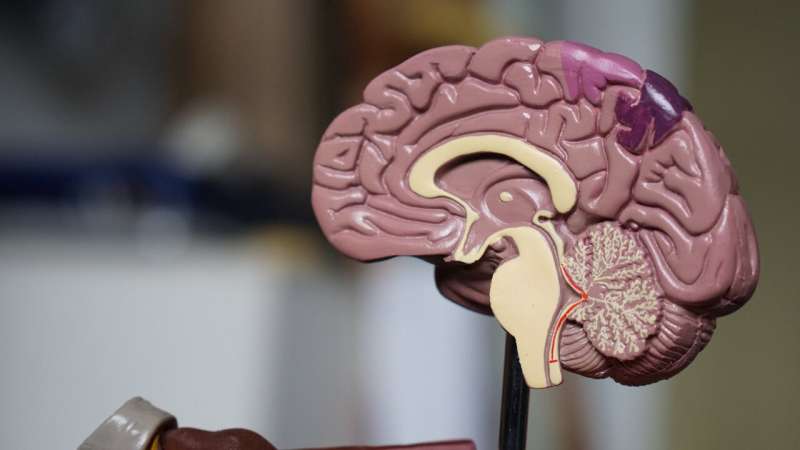
New research from the University of Toronto is providing valuable insight into how the brain works to retain memory—and it could help treat patients with memory impairment.
Alexander Barnett, an assistant professor in the department of psychology in the Faculty of Arts & Science, and a team of researchers have found that a vital part of the brain that helps retain memory—the hippocampus—may have more dynamic interactions with the rest of the brain than previously thought.
That’s particularly the case when it comes to event boundaries—the start and end of a memory.
“At event boundaries, the hippocampus actually peaks in activity reliably,” Barnett says. “What’s even more remarkable is at those moments, what we see is that the hippocampus is communicating with other regions of the brain.
“And the more it communicates with those regions, the better people’s memory is for the events that just happened, and it’s really specific to these event-boundary time points.”
A collaborative study between Barnett and researchers from the University of California, Davis, have found that the hippocampus’s increased activity at event boundaries may play a key role in better identifying exactly when those with memory impairments experience difficulty.
The hippocampus is a seahorse-shaped bundle of neurons located deep within the brain’s temporal lobe. With the help of signals from other neurons in the brain, the hippocampus is essential to forming long-term episodic memory—but, for those with memory impairment, tends to be disconnected from other areas of the brain.
Previously, researchers believed that the hippocampus had to continuously receive information from the rest of the brain to make new memories. This left the relationship between the hippocampus and the neocortex—the part of the brain that processes cognition, emotion and sensory perception—overlooked.
“The hippocampus needs to get information fed into it in order to do its job. When it’s disconnected, it’s almost like it’s not getting the information that it needs in order to lay down new memories,” Barnett says.
https://youtube.com/watch?v=1WhQRPsuXxo%3Fcolor%3Dwhite
Barnett’s research focuses on how alterations in network communication impact populations with memory impairment. He uses functional MRI to scan brain activity and combines this research with new theories from cognitive psychology to understand short-term and long-term memory.
To gain a deeper understanding of connectivity between the hippocampus and neocortical regions, Barnett and the researchers from the University of California, Davis tested two groups. Each watched the same 15-minute cartoon. One group was told to indicate when they felt a meaningful event had ended and when another had begun by clicking a button—essentially marking event boundaries.
Meanwhile, the second group watched the same cartoon minus any instructions, while being scanned with MRI.
Researchers found that both groups indicated the same event boundaries throughout the movie. The MRI scans of the second group indicated that the hippocampus increased in activity at event boundaries.
To test memory, researchers have typically used techniques such as asking patients to memorize and recite a list of words. But the approach may have been insufficient.
Barnett explains that episodic memory, or the memory of everyday events, helps our brains know what to expect in certain situations such as going out for dinner. It was believed that the hippocampus was always working with the rest of the brain to store episodic memories. But the new study suggests the hippocampus only needs to encode memories when new events occur.
“It would be unnecessary for the hippocampus to be constantly encoding new information all the time, rather than just these special opportune moments where the hippocampus needs to communicate to form these new memories,” Barnett says.
Findings from this study may help researchers determine behavioral interventions to help increase patient attention at event boundaries. This in turn could help reduce memory impairment, Barnett says.
“One question is: Do we do this all the time or do we try to focus on these very particular moments when we think new events are being laid down into long-term memory?” he says.
Source: Read Full Article
